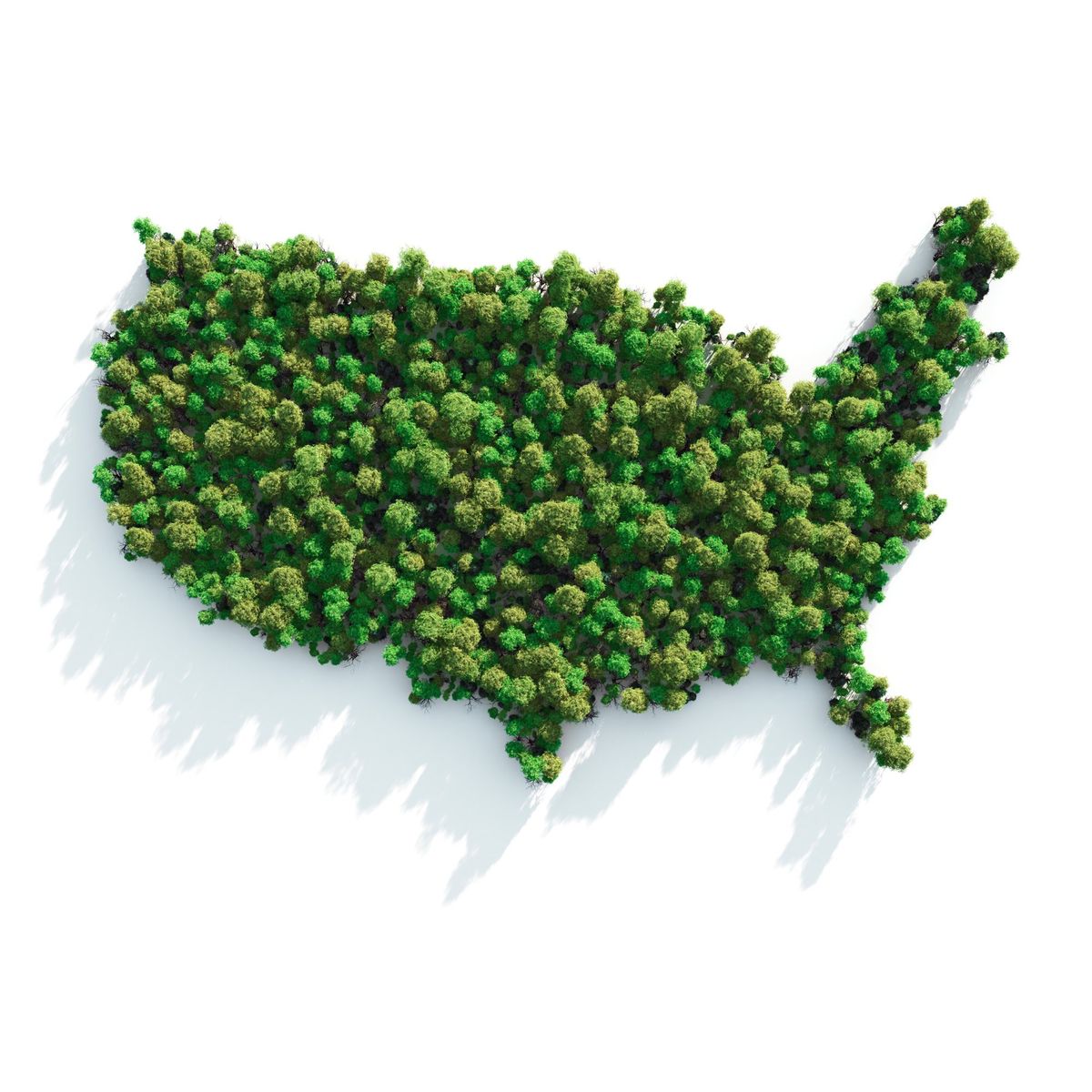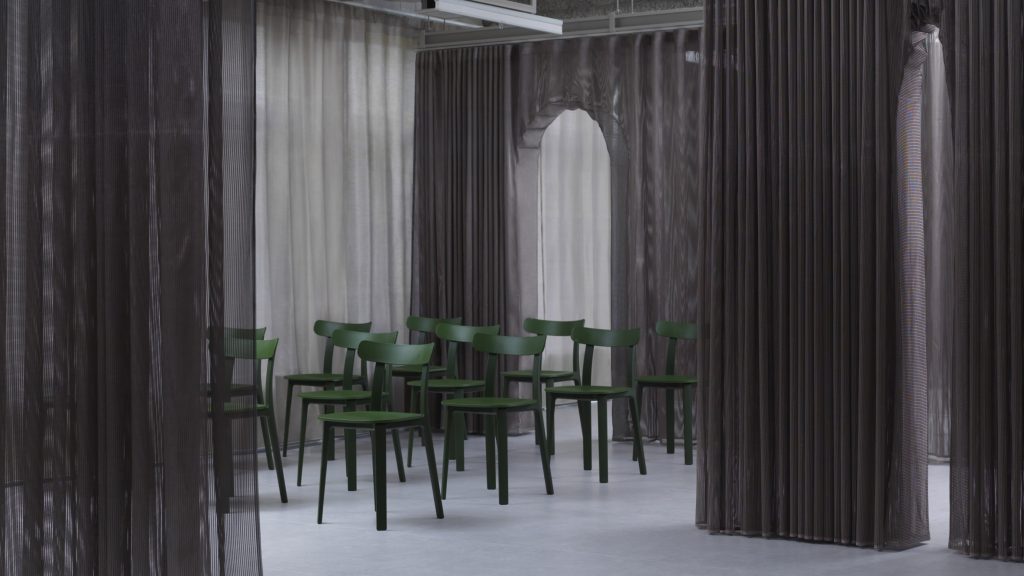Some plants are cherished for their flowers, some for their foliage, and some, such as Calatheas, for their behavior. Calathea has around 60 species, although 200 former Calatheas are now in the Geoppertia genus.
These tropical plants are better known as prayer plants due to their peculiar habit of folding opposing leaves into a prayer-like pose at night.
While generally easy to care for, there are a couple of sticking points for some growers, not the least of which is Calathea humidity.
Humidity and Calatheas
Calatheas need a bit more humidity than many houseplants, and simply sticking them in the kitchen or bathroom might not be enough.
Unlike most plants, which use almost all of their water intake for transpiration, prayer plants need some water for their joints, making humidity even more important.
Here’s all you need to know to ensure your prayer plant is getting enough moisture and what happens when you give it too much or too little.
Ideal Humidity Levels
While individual Calathea species and cultivars need different levels to be happy, these tropical plants have similar enough levels that this should rarely be a problem.
For many, the ideal humidity level is above 50% percent, while some require more than 60% percent.
However, a good rule of thumb is to go above the minimum, no higher than 20% percent.
This means preferred ranges of 50% to 70% percent or 60% to 80% percent.
Or, if you don’t know the preferred minimum for your Calathea (or have multiple varieties), you can safely aim for the median of 60% to 70% percent.
Ways To Improve Humidity
There are a lot of different ways to ensure you have proper humidity.
Investing in a hydrometer to monitor ambient humidity can be a huge help when you don’t already have a device that can keep track of you.
These are the three best ways to boost humidity; only one requires a major financial investment.
Grouping
This is a great option for any plant lady (the botanical equivalent of a cat lady).
Grouping plants with similar needs together saves space, creates an even more impressive display, and (most importantly) allows them to share the responsibility of transpiring.
This equates to higher humidity levels than if the plants were spaced out, and you can easily tweak the humidity simply by adding or removing a plant from the group.
Humidifier
This option is more expensive but can also give you some nice bonus options.
You can buy small humidifiers that will improve the humidity in a tiny area – perfect if you only have one or two tropical plants in the room.
Alternatively, you can get larger space humidifiers to boost an entire room.
Many modern humidifiers feature digital displays so you can monitor the ambient humidity and even set a precise humidity level to maintain.
Just be careful not to aim the humidifier’s vents at your plants, as this can lead to problems such as sudden temperature fluctuations that many plants hate.
Pebble Tray
Cheap, easy, and often attractive, the humble pebble tray is a wonderful way to increase humidity for a single large plant or several smaller ones.
Simply take a shallow pan or tray and fill it with aquarium stones, then sit your plant pot on top.
Fill the tray with water but don’t submerge your stones (if there is more than one level of stones, it shouldn’t cover the tops or the uppermost layer), as this can lead to the water getting into the pot’s drainage holes and oversaturating the soil.
It’s perfectly safe to use tap water in a pebble tray, although you may wish to let the water sit out overnight first so the chlorine and fluoride gasses can dissipate.
Refill the tray when the water level starts to get low.
But What About Misting?
Misting is largely a personal choice, although any plant with velvety or fuzzy leaves should never be misted.
However, this activity does much more for your relaxation than helping the plant.
When you mist, the water droplets don’t run off in the same way that natural rainwater does.
It can also attract both bests and fungal infections over time.
Worst of all, it only boosts the humidity for a couple of minutes at best, meaning you aren’t giving your plant any real benefit.
Consequences Of Excess Humidity
No matter the variety, exposing your Calathea plant to humidity levels above 80% percent is never good.
This excess humidity is a prime draw for fungal infections, molds, and rot.
It can also attract a wide variety of plant pests that thrive in higher humidity levels, especially fungus gnats.
Consequences Of Inadequate Humidity
On the other end of the spectrum, inadequate humidity can lead to many problems.
Winter can be especially problematic if you aren’t monitoring the humidity levels, as the air naturally becomes drier.
Low humidity can really do a number on these beautiful plants, especially if the humidity is low enough the leaves begin to dry out.
This tends to start with the margins turning brown, eventually becoming brittle as the cells die.
Brown, crispy patches may form across the leaf as the situation progresses, eventually killing the entire leaf.
Another common sign is the leaves curling upwards at the edges as the plant attempts to reduce surface area, so less moisture is being lost.
The drop in water pressure can cause the leaves to go limp, and you might notice that your Calathea plant isn’t growing as fast as normal.
“But wait,” you might ask, “wouldn’t you be able to just restore water pressure by giving the plant more water?
Unfortunately, all that water goes into transpiration, a process similar to sweating.
When the humidity’s low, the plant has to transpire more to try and improve those levels, which leads to the plant dehydrating even faster.
If you just add more water without directly addressing the problem with humidity, you’ll be increasing the risk of root rot without actually restoring humidity.











